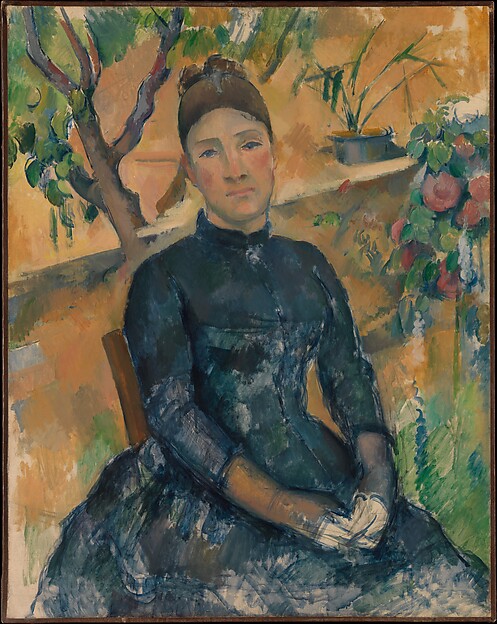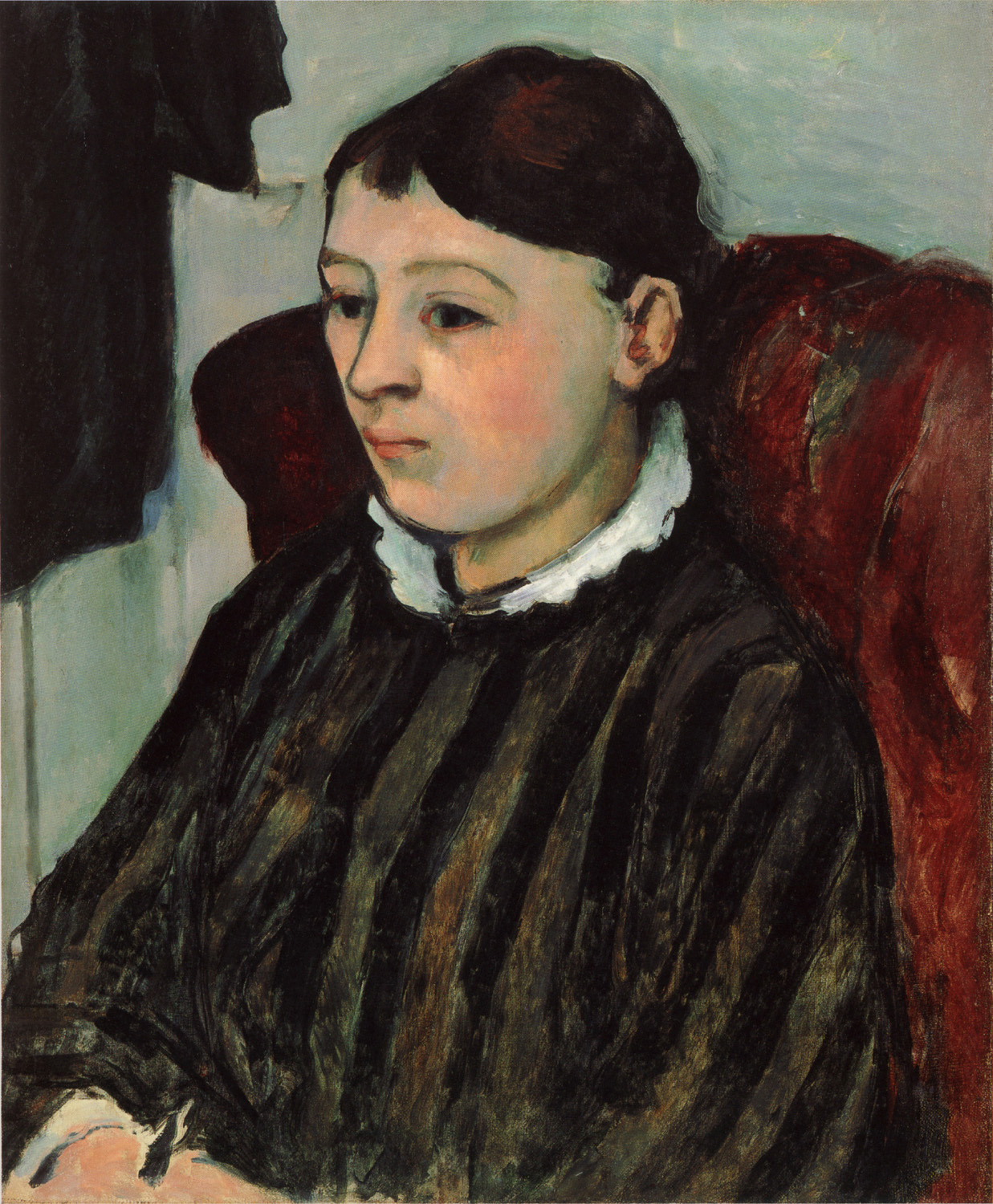Madame Cézanne
November 19, 2014–March 15, 2015

Madame Cézanne, the first exhibition of the paintings, drawings, and watercolors by Paul Cézanne (1839–1906) of his most painted model, Hortense Fiquet (1850–1922), will open at The Metropolitan Museum of Art on November 19. The exhibition will trace Cézanne’s lifelong attachment to the woman who was his model, his wife, and the mother of his son, Paul. She profoundly inflected his portrait practice for more than two decades, yet despite this long liaison, she was not well received—by either his family or his friends.
Madame Cézanne will feature 23 of the 29 known portraits of Hortense Fiquet that Cézanne painted over a period of more than 20 years, including
Madame Cézanne in the Conservatory (1891) and
Madame Cézanne in a Red Dress (1888–90),
both from the Metropolitan Museum’s collection.
Hortense Fiquet posed for Cézanne more often than anyone but himself. At once alluring and confounding, the portraits display a complex working dialogue between the artist and his subject. The paintings can seem unforgiving, with little understanding of Hortense Fiquet’s character. Critics have cited her sour expression and remote, impenetrable demeanor. These unflattering observations have promoted Hortense Fiquet’s undeserved reputation.
Cézanne met Hortense in Paris in 1869 while she was working as a bookbinder. Although the circumstances of their first encounter are unknown, an early portrait from 1872 (now lost) suggests that she was modeling for Cézanne by the age of 22. Cézanne took great pains to conceal his mistress and their only child, Paul, from his family fearing his authoritative father’s disapproval. The complicated subterfuge led to separate residences, frequent and often desperate appeals for funds, and long periods of living apart, even after their marriage in 1886. Despite this seeming neglect, the portraits attest to the constancy of a relationship that was critical to the artist’s practice and development. The depictions of Hortense in oil, watercolor, and graphite provide the only material clues to that partnership. Their story is a compelling one, perhaps all the more so for the absence of its particulars.
Highlights of the painted portraits in Madame Cézanne will include
Madame Cézanne in a Red Armchair (ca. 1877) from the Museum of Fine Arts, Boston;
Madame Cézanne (ca. 1885) from the Nationalgalerie, Museum Berggruen in Berlin;
Portrait of Madame Cézanne (ca. 1885–87) from the Philadelphia Museum of Art;
Portrait of Madame Cézanne in a Striped Dress (1883–85) from Japan’s Yokohama Museum of Art;
Madame Cézanne in Blue (ca. 1888–90) from the Museum of Fine Arts, Houston;
and the aforementioned canvases from the Metropolitan Museum’s collection. Highlights of the works on paper will include 3 striking watercolors, 14 drawings, and 3 rare sketchbooks containing affectionate studies of Hortense and young Paul.
Exhibition Credits
Madame Cézanne is organized by Dita Amory, Acting Associate Curator in Charge and Administrator of the Robert Lehman Collection at The Metropolitan Museum of Art, with Kathryn Kremnitzer, Research Assistant.
Publication
The exhibition will be accompanied by a catalogue written by a team of scholars and edited by Dita Amory. It will be published by The Metropolitan Museum of Art and distributed by Yale University Press.

_in_a_Red_Dress,_oil_on_canvas,_116.5_x_89.5_cm,_The_Metropolitan_Museum_of_Art,_New_York.jpg)





